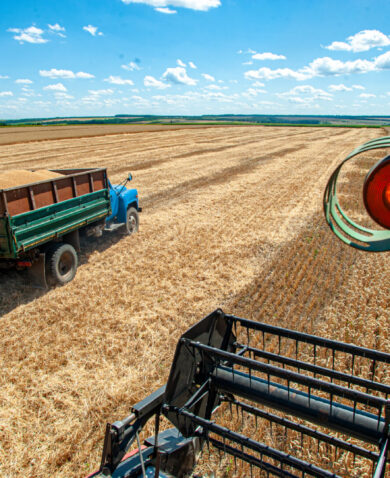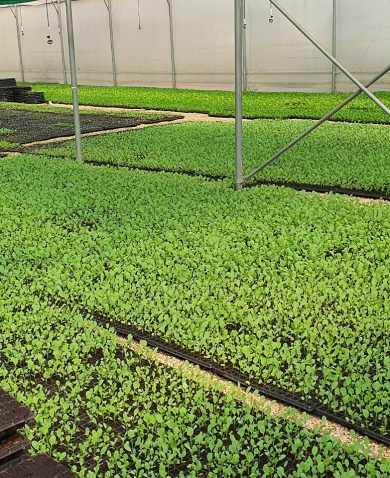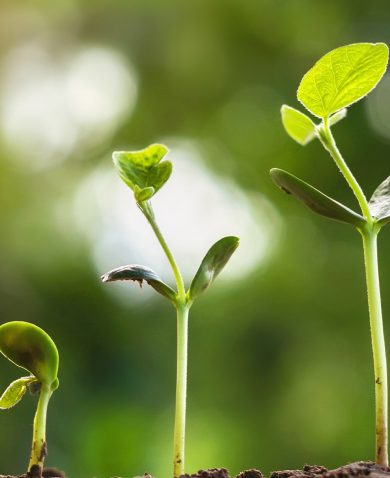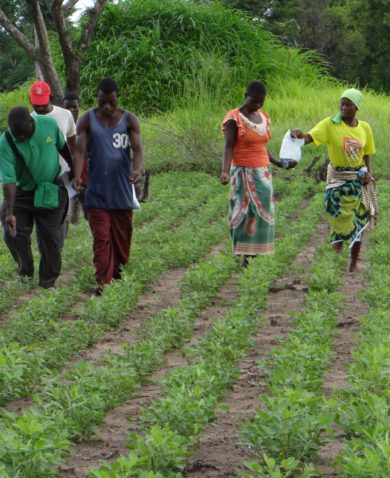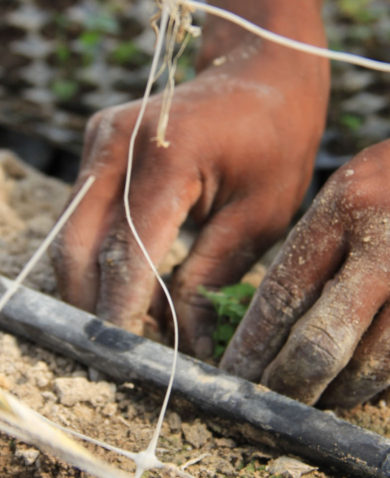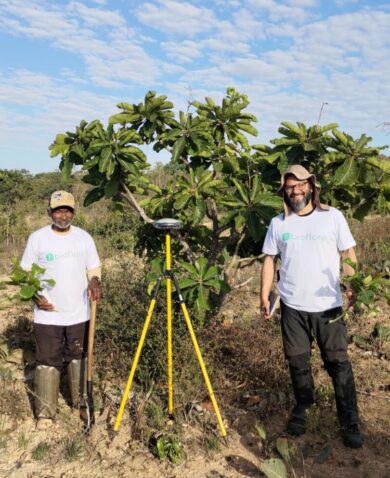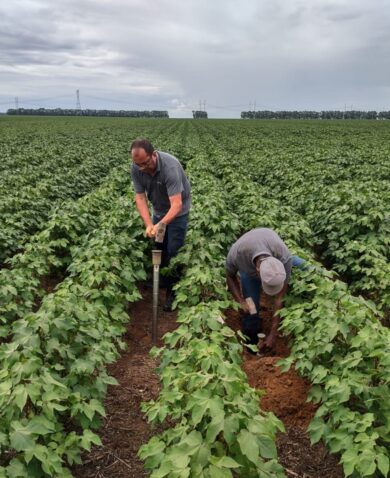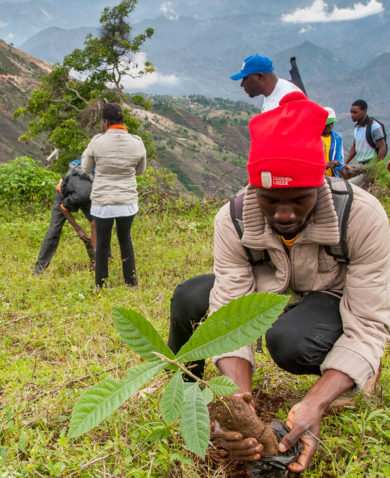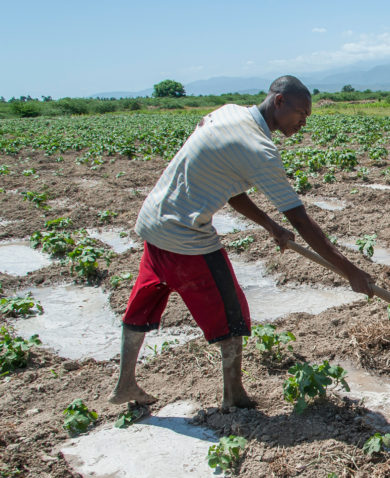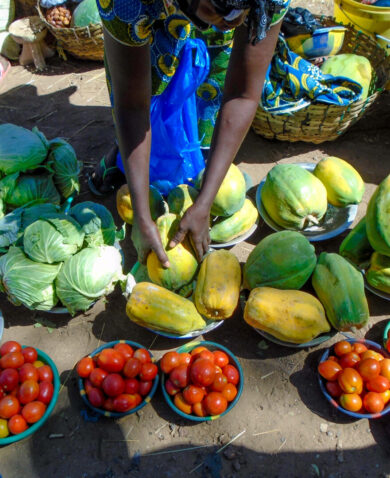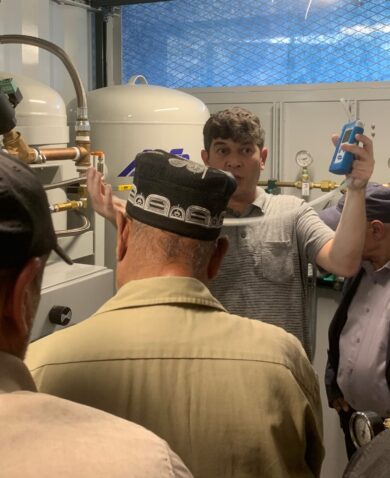
Chemonics News
News: A More Resilient Haiti
December 18, 2014 | 2 Minute ReadUsing an innovative design, a new dam in Haiti will provide water to farmers and protect 50,000 people from flooding.
Seen in the dry season, the Rivière Grise in Haiti does not seem like a crucial source of water for the fertile Cul-de-Sac plain. One can stand in the middle of the almost dry riverbed and watch the stream of water coming out of the ravine. But in the rainy season, and especially during storms like 2012’s back-to-back hurricanes Isaac and Sandy, the river fills its banks and often overflows them, threatening nearby communities.
The river is also the primary source of water feeding into a network of canals that irrigate the fertile Cul-de-Sac plain, where farmers grow important crops like rice, beans, vegetables, and maize. On February 13, Chemonics, USAID, and the Haitian government inaugurated a new dam structure that will irrigate farms and prevent flooding for 50,000 people along the river, the capstone of a multi-year initiative to increase farmer incomes and improve watersheds in Haiti.
A New Take on an Old Idea
There was a dam in this exact spot, but it was destroyed decades ago by a storm. The new dam not only replaces the old structure but also brings innovative additions. It includes a nearly 500-yard barrage, a control gate to regulate water intake to the irrigation system, a basin to remove sediments, and a spillway to channel excess irrigation water back into the river. It also includes gabions and — a first in Haiti — interlocking spurs to reduce riverbank erosion and flooding. All of this was constructed in nine months using steel sheet piles manufactured for the project, instead of concrete, which cut construction time in half and reduced costs without sacrificing quality.
Interlocking spurs slow down water and concentrate it in the center of a riverbed to protect a river’s banks and reduce flooding. The spurs and enhanced infrastructure can withstand 2,000 cubic meters/second of force. That is twice the destructive power of the worst hurricane to strike Haiti in the past 50 years. The project has also rehabilitated 25 miles of irrigation canals connected to the Grise by installing water control gates, adding stone masonry, and cleaning out sediment buildup.
Farmers Embrace Change
“Since my childhood, it was my dream to see the dam,” said farmer Nerese Jean Evenne. His land, where he grows beans, is irrigated by the canal system, and he is excited to expand his plantings into new fields as more water becomes available. He and other farmers will also be able to plant through more seasons, because water will be available year-round.
Although the dam itself will be managed by Haiti’s Ministry of Agriculture, Chemonics launched and trained a water user’s association of local farmers. Because they could see the benefits of the dam right away, they embraced the concept and are ready to manage the canals that carry water to their farms. One association member said, “With the dam, we can use what water we need and send the rest to the river.” The association will also collect a modest fee from farmers to cover maintenance, but with the promise of a reliable and well-maintained source of water, farmers are happy to pay.
Walking on through his fields, Nerese Jean Evenne sums up his feelings. “The dam will mean a new image for farming in the Cul-de-Sac plain. The farmers won’t forget the support of USAID.”

